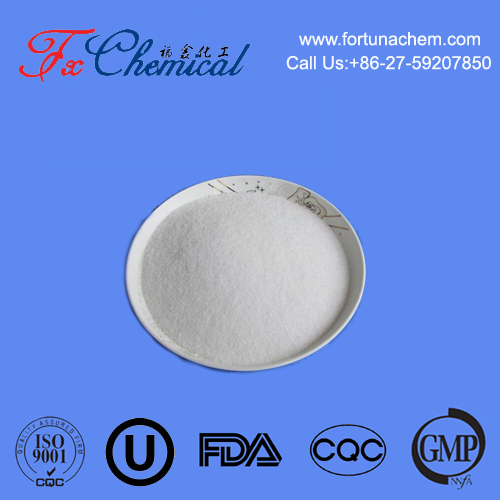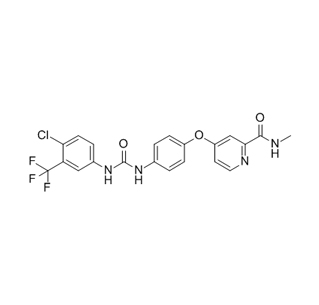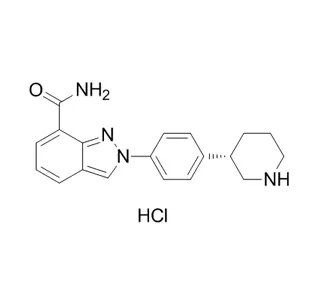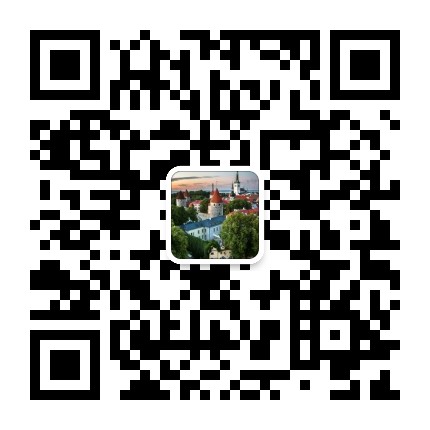
Search

Search

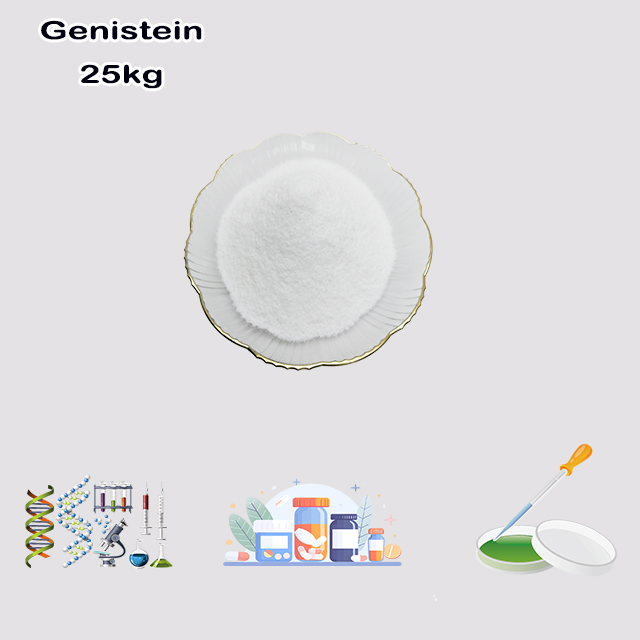
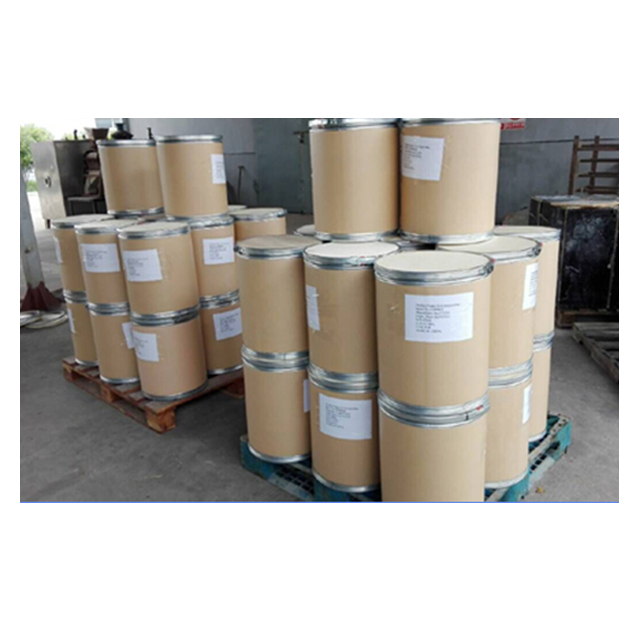
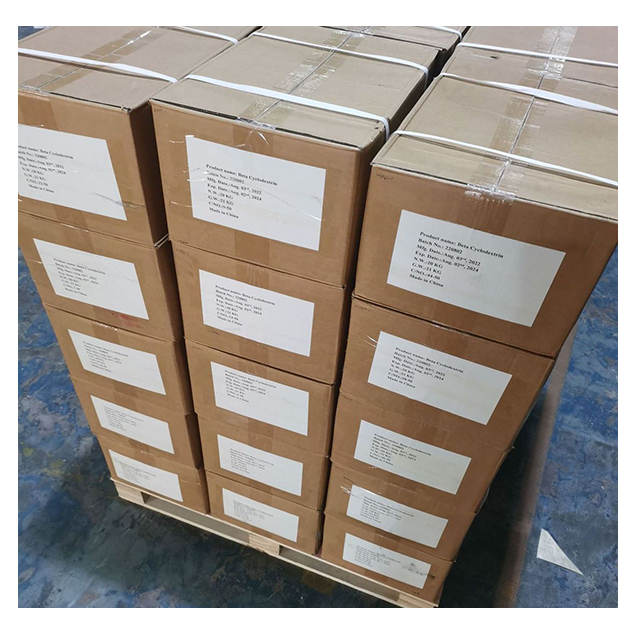

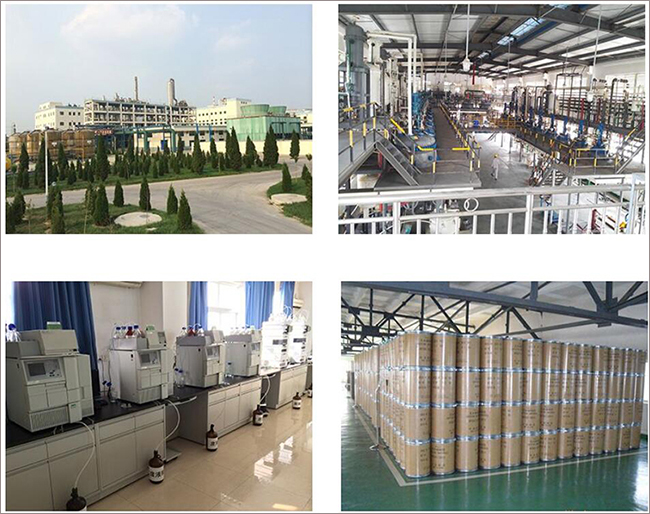





Genistein (C₁₅H₁₀O₅; MW 270.24 g/mol) is a soy-derived isoflavone with significant bioactivity.
Structure:
Isoflavone core with hydroxyl groups at positions 5, 7, and 4' (phenolic antioxidant).
Mechanisms:
Tyrosine kinase inhibitor: Blocks cancer growth signaling (EGFR/VEGF).
Selective estrogen receptor modulator (SERM): Binds ERβ, aiding menopause symptoms/bone health.
Antioxidant/Pro-apoptotic: Combats oxidative stress, triggers cancer cell death.
Sources:
Soybeans, tofu, legumes (~20–50 mg per 100g soy).
Applications:
Cancer chemoprevention (breast/prostate).
Osteoporosis management (reduces bone loss).
Cardiovascular protection (improves vascular function).
Limitations:
Low oral bioavailability; controversial effects in ER+ cancers.
Genistein (C₁₅H₁₀O₅; MW 270.24 g/mol) is a naturally occurring isoflavone phytoestrogen found in soybeans and legumes. Here’s its chemical profile:
Structure:
Hydroxyl groups at positions 5, 7 (ring A) and 4' (ring B).
Conjugated double-bond system (UV-visible chromophore).
Isoflavone backbone: Benzopyranone ring fused to a phenyl group.
Substituents:
O
╱ ╲
5-OH O
| ╲
7-OH C6H4-4'-OH
Mechanism of Action:
Tyrosine Kinase Inhibitor: Blocks signaling pathways (e.g., EGFR) in cancer cells.
Estrogen Receptor Modulator: Binds ERβ > ERα (weak estrogenic/anti-estrogenic effects).
Antioxidant: Scavenges free radicals via phenolic groups.
Induces apoptosis and cell cycle arrest (G2/M phase).
Natural Sources:
Soybeans, tofu, chickpeas, red clover.
Biological Activities:
Chemopreventive: Reduces breast/prostate cancer risk.
Osteoprotective: Slows bone loss (menopause).
Cardioprotective: Improves endothelial function.
Limitations:
Low oral bioavailability (extensive metabolism).
Conflicting effects in hormone-sensitive cancers.
Genistein (C₁₅H₁₀O₅) is a soy-derived isoflavone with potent bioactivity. Its structure features hydroxyl groups at C5, C7, and C4' on an isoflavone core. Functions as:
Tyrosine kinase inhibitor (anti-cancer: blocks EGFR/VEGF signaling).
Selective estrogen receptor modulator (SERM; relieves menopausal symptoms).
Antioxidant (protects against oxidative stress).
Clinically studied for cancer prevention, osteoporosis management, and cardiovascular health. Despite benefits, low bioavailability limits efficacy; nanoparticle formulations are being explored. Found in soy foods (e.g., tofu, tempeh), it exemplifies nutraceutical potential with dual dietary/pharmacological roles.
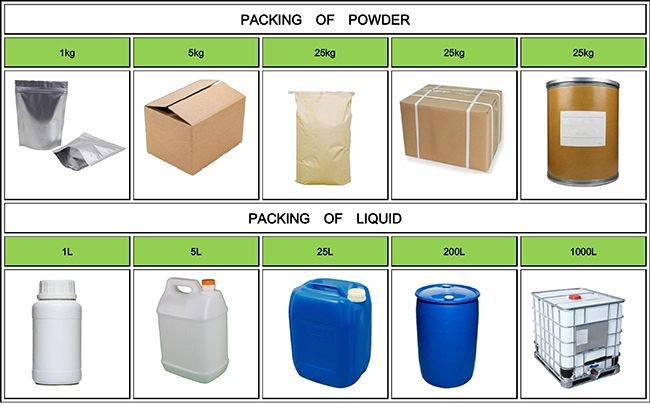



Fortunachem Provides Not Only Professional Chemical Products But Also Professional Help
Keeping you up-to-date with all the latest information, news, and events about Fortunachem!

Quick Links
Add:
E-mail:
 English
English  Español
Español  français
français  العربية
العربية 